Signed Daum Nancy, cross of Lorraine
Circa 1901
H. 10.6 cm.
Bibliography :
Cf. Cat. Daum Collection du Musée des Beaux-Arts de Nancy, Paris 2000, no. 255.
The artwork and detail are exemplary, with techniques including acid-etching, hand-painted enameling and gilding.
Daum is a crystal studio based in Nancy, France, founded in 1878 by Jean Daum (1825–1885). His sons, Auguste Daum (1853–1909) and Antonin Daum (1864–1931), oversaw its growth during the burgeoning Art Nouveau period. Daum is one of the only crystal manu-facturers to employ the pâte de verre (glass paste) process for art glass and crystal sculp-tures, a technique in which crushed glass is packed into a refractory mold and then fused in a kiln.
The Daum family worked at the beginning of the Art Nouveau era and created one of France's most prominent glassworks. Established at the end of the 19th century, Daum’s re-nown was originally linked to the École de Nancy and the art of pâte-de-cristal, a major contributing factor in terms of its worldwide reputation.
During the Universal Exhibition of 1900 Daum was awarded a ‘Grand Prix’ medal. Daum glass became more elaborate. Acid etching (by Jacques Grüber) was often combined with carving, enamelling, and engraving on a single piece of glass to produce creative glass mas-terpieces. The most complicated creations also featured applied glass elements, such as han-dles and ornamental motifs in naturalistic forms. The Daum brothers soon became a major force in the Art Nouveau movement, seriously rivaling Gallé, so much so that when Émile Gallé died in 1904 they became the leaders in the field of decorative glass.
In 1906 Daum revived pâte de verre (glass paste), an ancient Egyptian method of glass casting, developing the method so that by the 1930s Daum's window panels used pâte de verre for richness instead of leaded or painted glass. Today Daum still uses this method to produce their pieces.






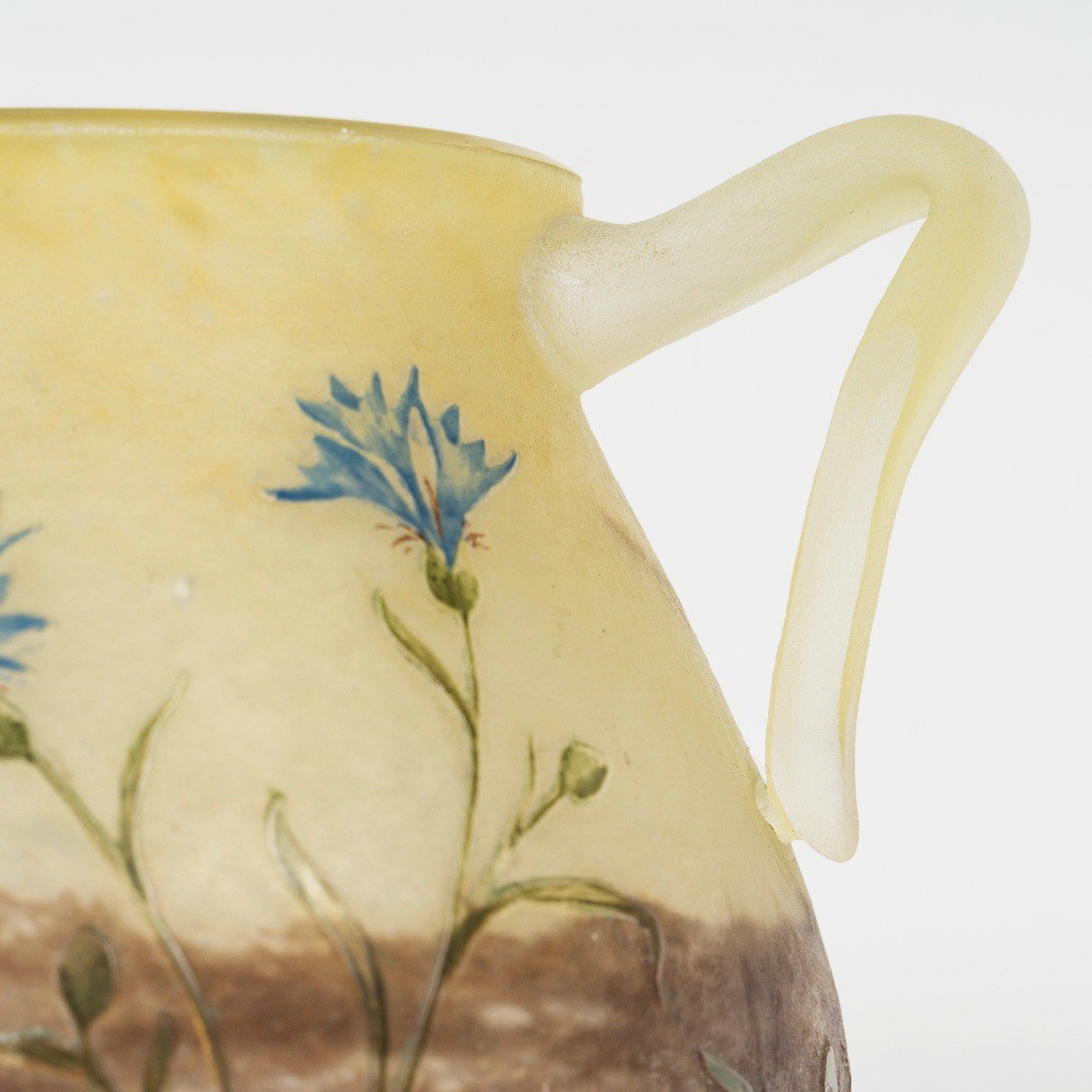



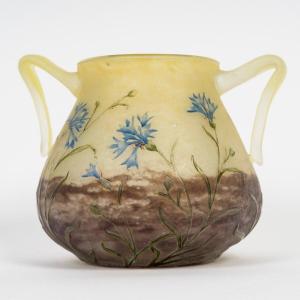










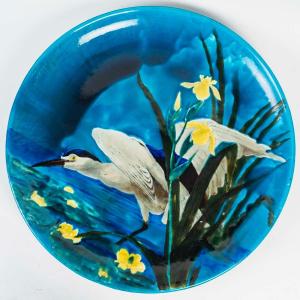



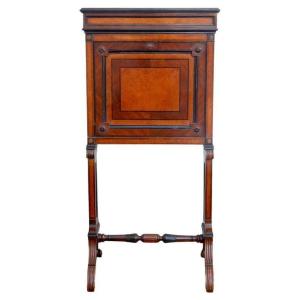




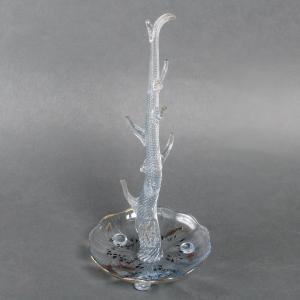


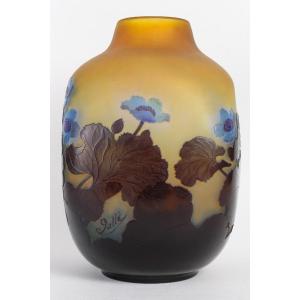




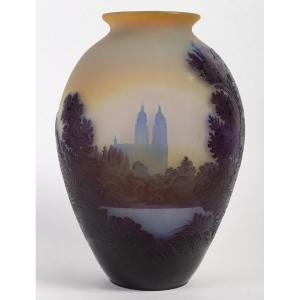



 Le Magazine de PROANTIC
Le Magazine de PROANTIC TRÉSORS Magazine
TRÉSORS Magazine Rivista Artiquariato
Rivista Artiquariato